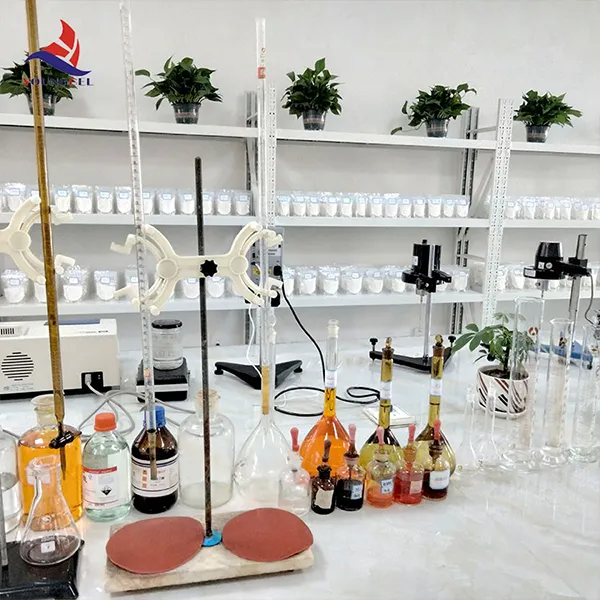Understanding Tile Bond Chemicals Essential Components for Successful Tile Installation
Tile bonding is a crucial aspect of flooring and wall installations, ensuring that tiles adhere securely to the substrate while providing a durable surface that withstands daily wear and tear. The chemistry behind tile bond adhesives plays a significant role in their effectiveness, and understanding these components can help professionals and DIY enthusiasts make informed decisions during their projects.
Tile bond chemicals, commonly referred to as tile adhesives or thin-set mortars, are typically composed of several key ingredients, including cement, sand, polymers, and various additives. The primary function of these materials is to create a strong bond between the tile and the substrate, which can be made of concrete, gypsum board, or other materials. Understanding the composition of these adhesives is essential for selecting the appropriate product for different types of tiles and installation methods.
Cement serves as the backbone of most tile adhesives. It provides the adhesive properties necessary for bonding, and its hydration process creates a hardened matrix that secures the tiles in place. Portland cement is the most commonly used type, known for its strength and reliability. The addition of fine aggregates like sand enhances the structural integrity of the adhesive, allowing for better load distribution and resistance to cracking.
tile bond chemical

Polymers are another important component in modern tile bond chemicals
. These synthetic materials enhance the flexibility, water resistance, and overall performance of the adhesive. Modified thin-set mortars, which include additives that improve adhesion and elasticity, are particularly popular for challenging substrates or wet environments, such as bathrooms and kitchens. The use of polymer-modified adhesives allows for better performance in terms of shear strength, allowing tiles to maintain their bond even under stressful conditions.Additives play a vital role in tile adhesives as well. They can improve properties like workability, pot life, and setting times. Some additives are designed to reduce sagging when installing larger tiles on vertical surfaces, while others improve resistance to moisture and chemicals. Selecting the right additive can significantly enhance the performance of the adhesive in specific applications.
When choosing the right tile bond chemical, it is essential to consider factors such as the type of tile, the substrate, and the installation environment. For example, glass tiles may require specialized adhesives that accommodate their unique properties, while outdoor installations demand adhesives designed to withstand temperature fluctuations and moisture exposure.
In conclusion, an understanding of tile bond chemicals—comprising cement, sand, polymers, and additives—is fundamental for anyone involved in tile installation. Knowledge of these components enables proper selection and application of adhesives, ensuring a long-lasting and aesthetically pleasing result. Whether you are a professional contractor or a DIY enthusiast, choosing the right tile bond chemical will ultimately contribute to the success of your project.
-
The Application and Significance of Construction RdpNewsMay.19,2025
-
Industrial Grade HpmcNewsMay.19,2025
-
Building Coating Adhesive Building Coating Adhesive HpmcNewsMay.19,2025
-
Application Of Hpmc For Detergent For Detergent In DetergentsNewsMay.19,2025
-
Application Of Hpmc Cellulose In Cement-Based MaterialsNewsMay.19,2025
-
Application Of High Quality Hpmc For Construction In The Field Of ConstructionNewsMay.19,2025




